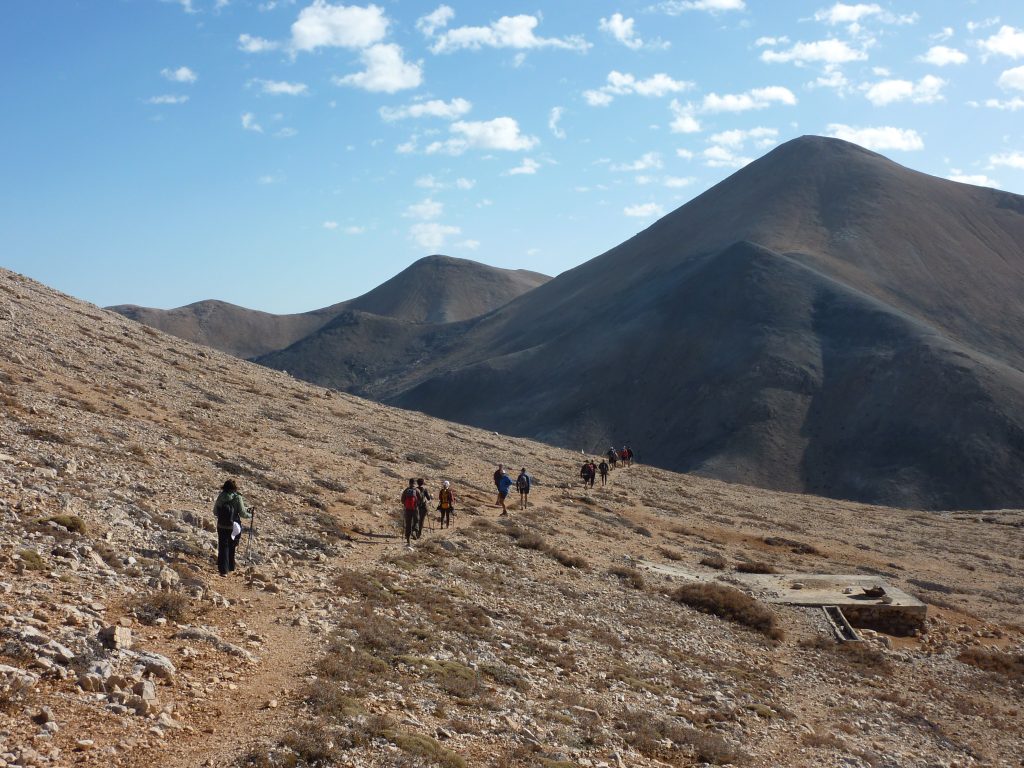
Ecotourism is estimated to be worth $2,51,188.1 million globally this year and is expected to reach $9,79,128.7 million by 2034 with a 10-year market CAGR of 14.6%.
According to Future Market Insights (FMI) forecasts, the industry will register a compound annual growth rate (CAGR) of 13.1% in 2024. The market value share of the ecotourism industry in the tourism market is approximately ~5% to 7%.
- The factors of ecotourism development
- Social media influencing travel decisions.
- Various government initiatives promoting sustainable tourism.
- The growing number of travelers seeking unique nature-based experiences.
Long-term forecasts show that it will not only recover but also flourish further as it becomes more and more a part of global tourism, emphasizing ecological protection and community involvement.
What is driving the demand for ecotourism
The reason behind this development is the increasing emphasis on sustainable practices, conservation efforts, and community involvement.
Such travelers are looking for places and accommodations that value environmental protection, support local cultures, and do not destroy ecosystems.
Sustainable travel activities include wildlife conservation, responsible tourism practices.
The change is driven by shifting preferences, increased awareness of the importance of protecting natural resources, and promoting biodiversity.
- Sustainable tourism was important to travelers around the world in 2022, and they were ready to take steps to reduce their environmental footprint (80%).
- Sustainable accommodations were sought out by international travelers in 2023 (over 50%), leading to the expansion of ecotourism businesses.
- 64% pay extra for environmentally friendly options on their getaways.
Focus on conservation and education
Tourists today are more aware of their choices and how they affect the earth. As a result, they are making efforts to minimize their impact.
Ecotourism allows individuals to connect with nature and experience unique ecosystems and traditions, making vacations more enjoyable.
Governments, non-governmental organizations, and travel agents have joined forces to promote responsible travel, leading to greater demand for ecotourism.
Already, there is a growing preference for learning through ecotourism due to the increasing demand for sustainable travel experiences.
In this new landscape, tourism operators are challenged to find innovative and responsible travel products that meet the needs of ecotourists.
This means millions of jobs are being created worldwide, most of which are based solely on biodiversity conservation or environmental education efforts.
What is driving the demand for the ecotourism market
The demand for the ecotourism market is primarily driven by a mix of growing environmental awareness, a desire for sustainable travel experiences, and supportive government policies. Taken together, these factors are changing travel preferences while expanding this market, which is expected to grow significantly in the coming years.
- Travelers have become more aware of their environmental impact and are actively seeking eco-friendly alternatives that promote conservation as well as community empowerment.
- This shift in consumer behavior is evident as more people decide to choose for authentic experiences that connect them with nature and local traditions.
- In addition, public efforts aimed at encouraging sustainable tourism practices and preserving natural and cultural heritage are also helping to boost the growth of ecotourism.
- Economic benefits associated with the industry, such as job creation and local community development, also attract tourists who would like to give back positively to the places they visit.
What is Europe’s top ecotourism destination by 2034
Italy will lead the market in Europe for ecotourism, with a CAGR of 17.9% by the end of 2034.
Due to its diverse and magnificent landscapes, great historical heritage and tourist centers dedicated to environmentally friendly tourism practices, Italy is one of the important ecotourism markets on the continent.
To offer eco-tourists a holistic encounter with nature, the country has a number of natural features, such as the beautiful Amalfi Coast and the peaceful Dolomites.
Its cities such as Rome, Venice and Florence are home to amazing attractions, such as museums aimed at responsible tourists.
Meanwhile, Italy is now encouraging sustainable tourism projects and recognizing how they benefit from preserving both the natural environment and cultural heritage.
This integration, among other things, positions it as a top European ecotourism destination due to its natural splendor combined with cultural attractions combined with the proactive “green” moves being made by various stakeholders.
What is the top South Asian ecotourism destination by 2034
India is the leading ecotourism market in the South Asian region, with an estimated CAGR of 15.9% for the Indian market by 2034.
The growing concerns of travelers about environmental protection and the desire to see nature in its original form are some of the key reasons behind this growth.
With many national parks, wildlife sanctuaries and scenic landscapes, India boasts a rich biodiversity that provides unique opportunities for eco-friendly travel. Moreover, the government’s push for sustainable tourism and community involvement in host tourism activities have boosted this industry.
Rising disposable income and a desire for more understanding are driving the demand for ecotourism.
The country’s natural environment is well represented on social media as well as other digital platforms, thus boosting the interest of people who wish to engage in ecotourism activities.
Why the US is a Prominent Market
In North America, the US is expected to hold the largest market share by the end of 2023 and grow at a CAGR of 13.0% from 2024 to 2034.
The market in the US is driven by its vast and diverse natural landscapes, including national parks, forests, and coastal areas that attract eco-conscious travelers.
The country’s emphasis on conservation as well as sustainable tourism practices supported by private initiatives and government policies make it more attractive. Moreover, the high per capita income and growing concern about environmental issues among Americans are further fueling the demand for ecotourism.
Another advantage that the US has is that it has a well-developed infrastructure offering various outdoor recreational activities. This makes them one of the preferred choices for those interested in sustainable travel experiences that include immersion.
Which type of ecotourism is most preferred worldwide
The nature and wildlife type ecotourism market is expected to witness high growth during the forecast period as this type of tour is more common among people.
Nature and wildlife tourists participate in excursions to exotic and endangered areas with the aim of increasing awareness about nature and supporting conservation.
Nature tourism also includes many adventure activities such as hiking, climbing, rafting, caving, sailing, bird watching, and swimming, etc.
Which age group is recording high demand for ecotourism
The number of ecotourists in the age group of 26-35 years is likely to increase significantly. People in this age group are likely to change their travel behavior. They prefer green and low carbon holidays.
Millennials as a generation are more conscious about the importance of sustainable tourism practices.
The high demand for sustainable accommodations to reduce the environmental impact of tourism and the adoption of green best practices is more common among tourists aged 25 to 35 years.
Which type of tourist will have the largest share of the ecotourism market
In terms of tourist type, the market prefers outbound or international travel. Today, the tour and travel market is filled with convenient airline tickets, train, bus and travel packages.
In addition, many people like to travel abroad to interact with people of different cultures, nationalities and religions.
This helps people learn new languages, cultures and many other things with new connections.
Source: tourismtoday.gr




